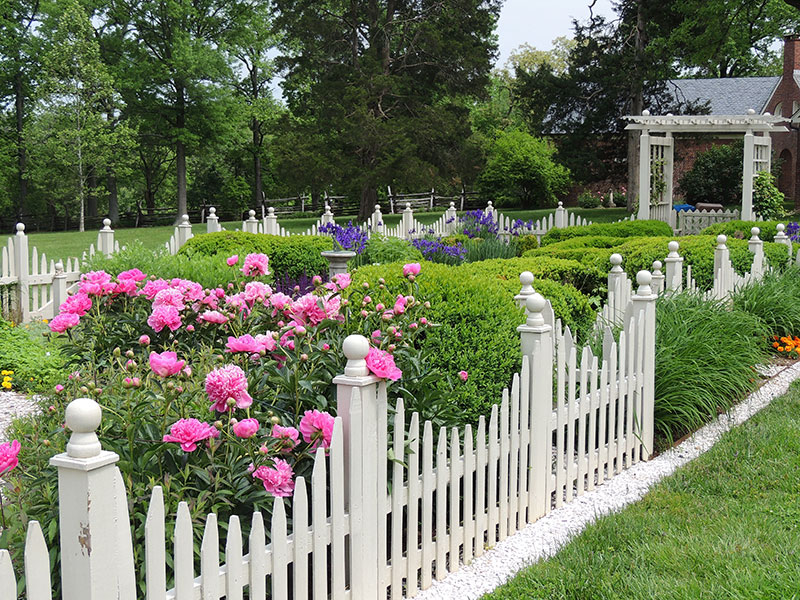There is no better tree that symbolizes the South better than the classic Magnolia tree – better known as the Magnolia grandiflora. Just the diver character in the 1989 Steel Magnolias, this tree has big glossy leaves and uniquely fragrant flowers. It combines strength and beauty, to embody what the South is all about.
How To Grow The Magnolia Trees
Being native to Southeastern, the Magnolia Grandiflora has evolved to thrive in various conditions. However, the evergreen variety thrives in zones 7 to 9. This particular variety requires a lot of space as it will reach a height of 60 to 80 feet and 30 to 50 feet across. They blossom in May and June releasing its sweet and memorable fragrance.
With regards to soil conditions, it thrives in soils that have a pH ranging from slightly acidic to neutral. Additionally, the tree thrives in rich well-drained soils. As such, when planting the tree, try as much as possible to add organic materials to the soil.
With regards to sunlight supply, they are exceptional performers even under the sun and can tolerate some slight shade according to www.thetreecenter.com.
Planting And Caring For Magnolia Trees
When it comes to planting magnolias, you have the option of purchasing the potted ones or those balled in burlap. It is best to plant the tree during fall, as the cooler temperatures enable the tree to develop stronger roots faster. On the other hand, magnolias planted during high temperatures tend to take longer to develop strong roots. Equally important to the planting times is how deep you plant the plant. You should not plant it any deeper in the ground than it already was.
After planting, you should water the plant, especially when rainfall is scarce. However, you should be careful not to drown the tree in water or to leave it standing in water. Water the tree keeps the roots cool even when the temperatures soar. Additionally, you can mulch to further cool its roots.
For evergreen magnolias, they do not necessarily need to be pruned. However, when pruning is needed to remove bad limbs or for size control, it is best to do so before their spring growth begins again for the evergreen magnolias. For the deciduous variety, they are best pruned just after the flower fade. Additionally, when cutting a brunch for pruning purposes, it is best to cut the brunch at the base. Magnolias take longer to “scab” and hence, the process should be well thought.
With regards to pests, you will be pleased to note that magnolias are rarely bothered by pests and disease. Nonetheless, they can develop chlorosis (a condition emanating from an iron deficiency), which is characterized by the leaves turning yellow but the veins remaining fairly green. To treat this condition when it happens, you should use iron chelate that can be sourced from gardening stores and centers.
For plants that exhibit weak and slow growth when planted in neutral and acidic soils, you should use slow-release acidic fertilizers. Use such fertilizers as directed. On more established trees, you can top dress with compost, well-aged manure, or even peat moss on an annual basis.
Finally, avoid planting near magnolias to negate the risk of soil compaction.
With regard to the placement of the tree, it is best planted as a specimen tree. As such, it should be planted in a place where it stands out against a wall, a fence, or any other background that accentuates its creamy-white bloom. Nonetheless, ensure that the tree has ample space.
Magnolias To Plant
#1. Saucer magnolias -Popularly known as tulip trees owing to the color and shape of their blossoms.
#2. Sweet Bay magnolias (virginiana) – They are more tolerant to cold and are smaller than the Grandiflora variety. They exhibit characteristics of evergreen trees in the Southeast and deciduous plants in the North.
#3. Magnolias that have star-shaped leaves. These include Kobus, Loebner, and star magnolia. These are more tolerant to extreme cold and hot temperatures.



